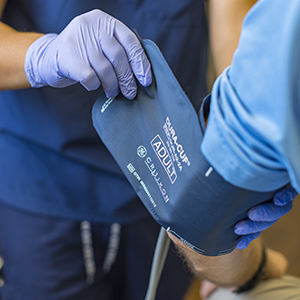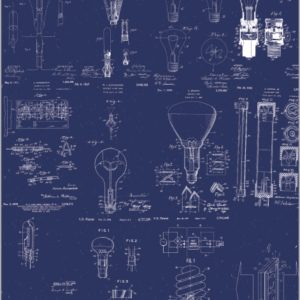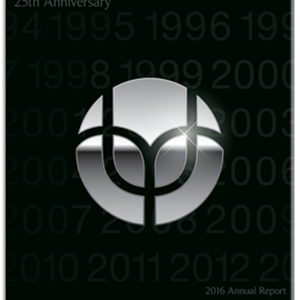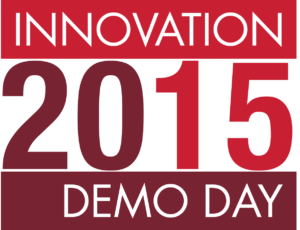 OMAHA, Neb. (Oct. 15, 2015)—New startups and technologies developed at the University of Nebraska Medical Center will be on display at the UNMC Technology Demo Day in the Michael F. Sorrell Center, room 3001, on Wednesday, Oct. 21 at 4 p.m. as part of UNeMed’s 2015 Innovation and Research Week.
OMAHA, Neb. (Oct. 15, 2015)—New startups and technologies developed at the University of Nebraska Medical Center will be on display at the UNMC Technology Demo Day in the Michael F. Sorrell Center, room 3001, on Wednesday, Oct. 21 at 4 p.m. as part of UNeMed’s 2015 Innovation and Research Week.
The event is free and open to all, but space is limited, so guests are encouraged to register.
Six short presentations of about 10 minutes are planned, and will examine some UNMC technologies and partnerships that are moving toward the market place.
- Sam Al-Murrani, CEO of Prommune Inc., will discuss an approach developed at UNMC to boost innate immune systems to fight disease and infection with a naturally-occurring protein component found in the immune system. The current version of the vaccine is undergoing clinical trials as a Swine Influenza A virus vaccine on pigs. Successful results could lead to implementation into the farming industry and perhaps lead into advancing the technology for use in humans.
- Jeff Hanson, representative of Aviture, will present The Garage, software designed to help startups succeed. The Garage helps startups connect to resources they need, hone their product, and better understand their customers. Hanson is working with Drs. Joseph Siu, Carl Nelson and Dmitry Oleynikov to build a software-as-a-service business model around surgical simulation technologies coming from UNMC’s Center for Advanced Surgical Technology. Their first project is UNMC’s PortCas—a portable laparoscopic surgical simulation platform.
- Evan Luxon will present Esculon, an engineering startup based in Lincoln, Neb. Focused on medical device development. Esculon is assisting inventors at UNMC with prototype building and clinical study planning.
- Mike Draper, CEO of Center Ridge Holdings LLC, will introduce an innovative cleaning technology from CleanCore Technologies LLC. The technology uses cold water and ozone to create a robust cleaning solution called aqueous ozone. CleanCore is answering the rising demand for environmentally friendly products by creating truly green cleaning products compared to traditional environmentally friendly cleaning chemicals. CleanCore, an affiliate of the Burlington Capital Group LLC, is working with UNMC researchers to test product effectiveness against bacteria.
- UNMC’s Valeriya Kettlehut, M.D., PhD, MPH, will present an early warning system for an enhanced biosurveillance and infection prevention strategy in closed environments. The system will assist users to maximize the effects of infection prevention through a multi-faceted approach.
- UNeMed’s Qian Zhang, PhD, will preview the Portable Laparoscope, a UNMC invention that could bring minimally invasive surgery to distant locations. Invented by Chandra Are, M.D., the technology replicates the laparoscopic procedure in virtually any environment.
Attendees will also have a chance to register to win a new iPad. Attendees are encouraged to attend other Innovation Week events to register again to increase their chances of winning. The drawing for the iPad will be held during the UNMC Research Innovation Awards Ceremony and Reception on Thursday, Oct. 22, at 4 p.m. The winner must be present to win.
For more information on all 2015 Innovation Week events, go to https://www.unemed.com/innovation-week.

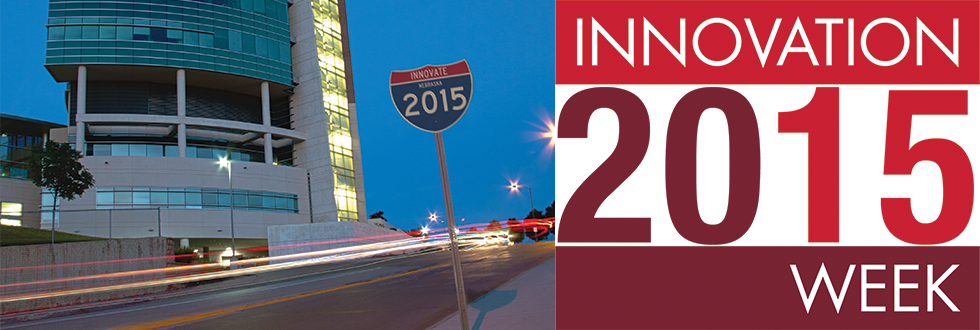
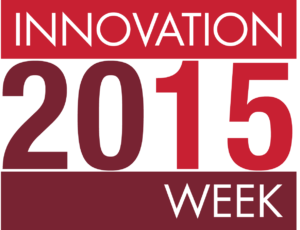 OMAHA, Neb. (Oct. 14, 2015)—Innovation and Research Week enters its ninth year Monday, Oct. 19, celebrating and recognizing world-class research and discovery at the University of Nebraska Medical Center.
OMAHA, Neb. (Oct. 14, 2015)—Innovation and Research Week enters its ninth year Monday, Oct. 19, celebrating and recognizing world-class research and discovery at the University of Nebraska Medical Center.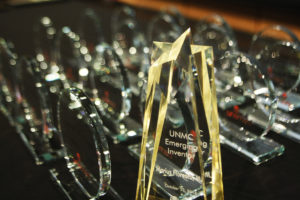 This year marks the first major expansion of Innovation and Research Week to include more than a dozen new events that incorporates UNMC’s innovative educational practices and basic science research. The new events include several seminars, workshops and hands-on demonstrations.
This year marks the first major expansion of Innovation and Research Week to include more than a dozen new events that incorporates UNMC’s innovative educational practices and basic science research. The new events include several seminars, workshops and hands-on demonstrations.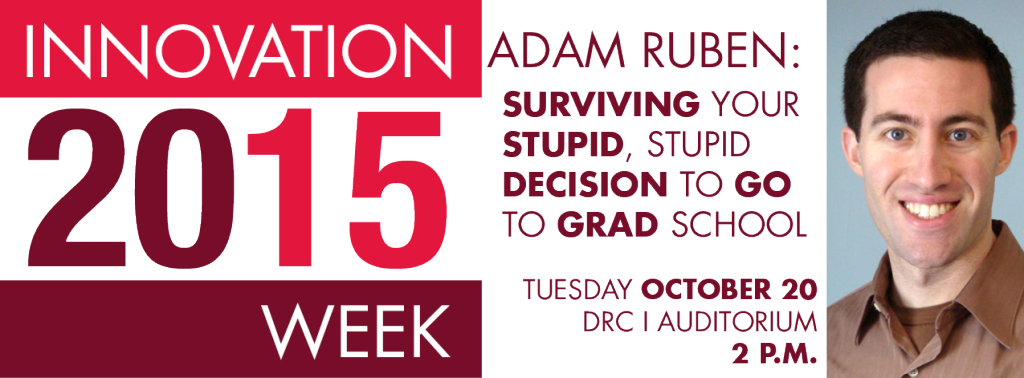 Alternate science careers will also be explored Monday afternoon during a panel discussion featuring four successful scientists who moved away from the research bench.
Alternate science careers will also be explored Monday afternoon during a panel discussion featuring four successful scientists who moved away from the research bench.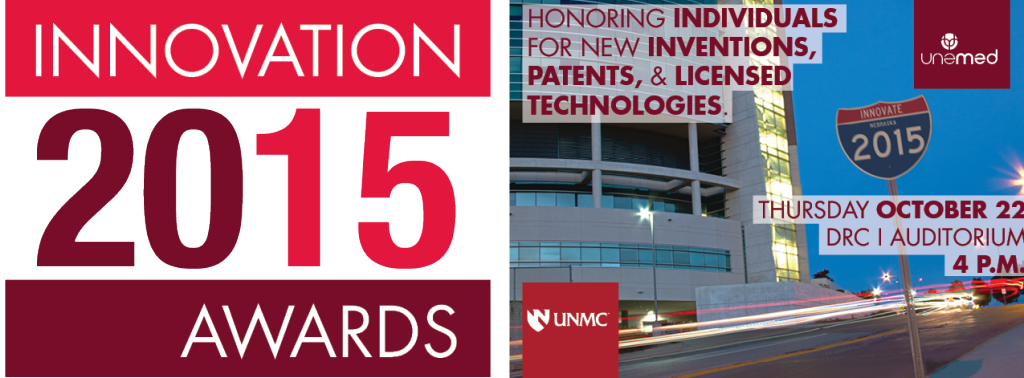
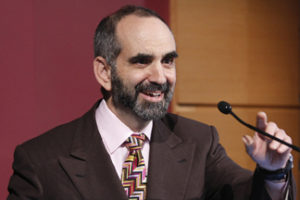
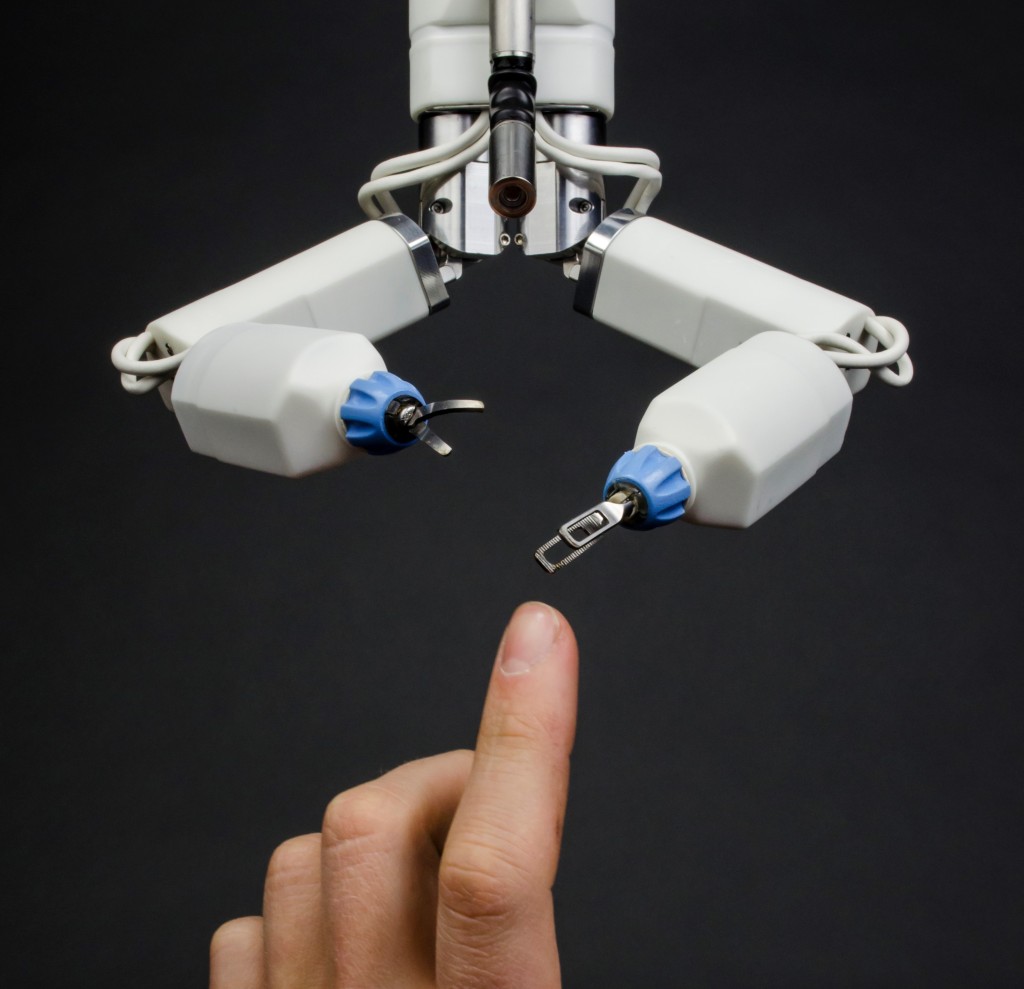 SAN JOSE, Calif. (Sept. 28, 2015) — A surgical robot developed in collaboration between UNMC surgeon Dmitry Oleynikov, M.D., and UNL engineering Professor Shane Farritor, PhD, was recently named a prestigious Game Changer award-winner by the Robotics Business Review.
SAN JOSE, Calif. (Sept. 28, 2015) — A surgical robot developed in collaboration between UNMC surgeon Dmitry Oleynikov, M.D., and UNL engineering Professor Shane Farritor, PhD, was recently named a prestigious Game Changer award-winner by the Robotics Business Review.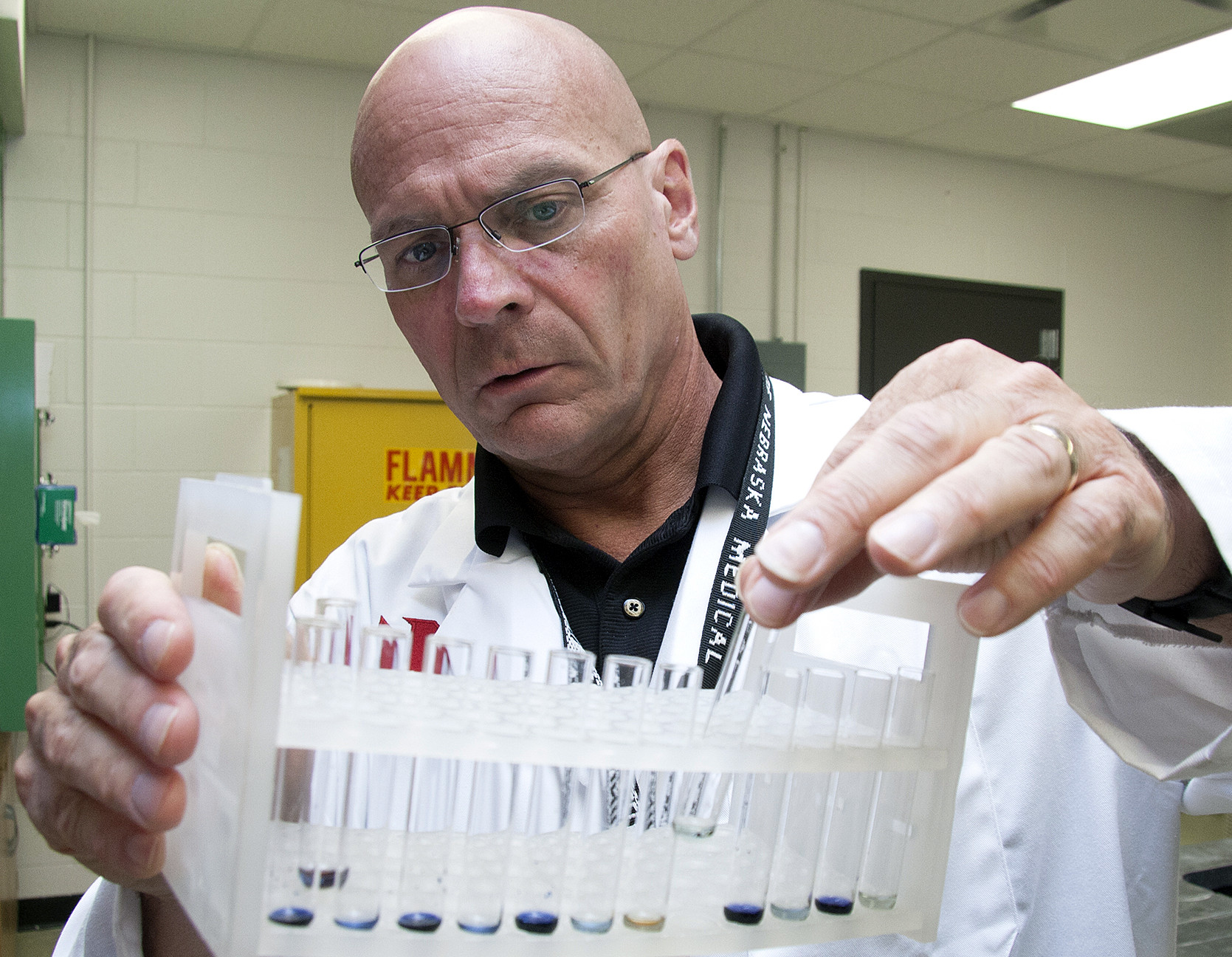
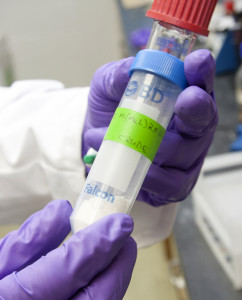
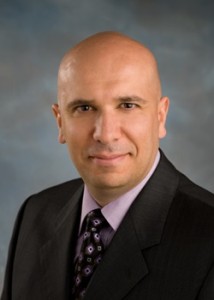
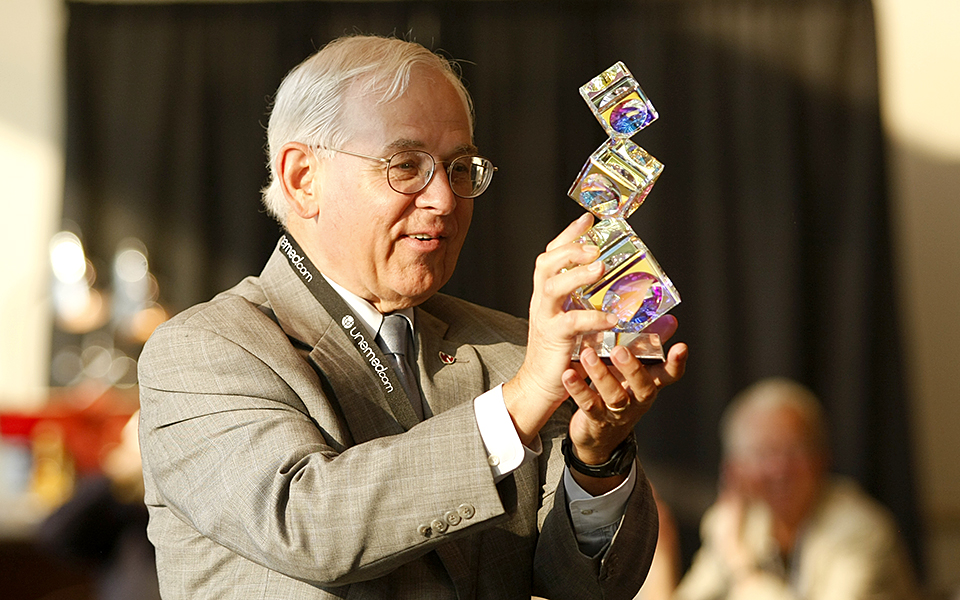
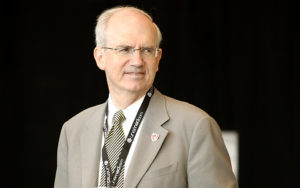
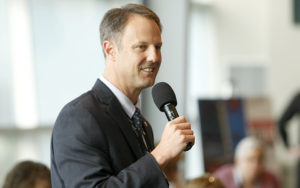
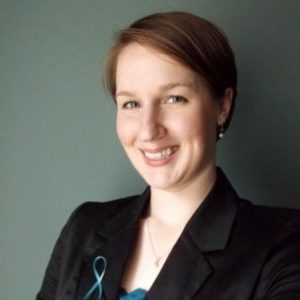 Some of the most influential experiences in life are those that stretch your limits of understanding and familiarity. Yet, the uncomfortable hardships that accompany those experiences are less than desirable.
Some of the most influential experiences in life are those that stretch your limits of understanding and familiarity. Yet, the uncomfortable hardships that accompany those experiences are less than desirable.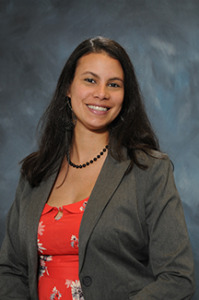 OMAHA, Nebraska (June 29, 2015)—Longtime postdoc and licensing associate Agnes Lenagh, PhD, was promoted to a permanent position at UNeMed as a licensing specialist, UNeMed announced today.
OMAHA, Nebraska (June 29, 2015)—Longtime postdoc and licensing associate Agnes Lenagh, PhD, was promoted to a permanent position at UNeMed as a licensing specialist, UNeMed announced today.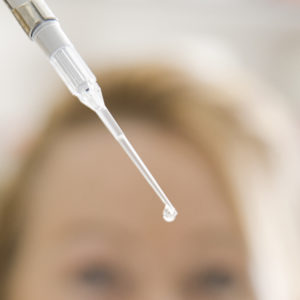 I’ve been rubbernecking the tech transfer equivalent of one of those mysterious single-car crashes that defies explanation.
I’ve been rubbernecking the tech transfer equivalent of one of those mysterious single-car crashes that defies explanation.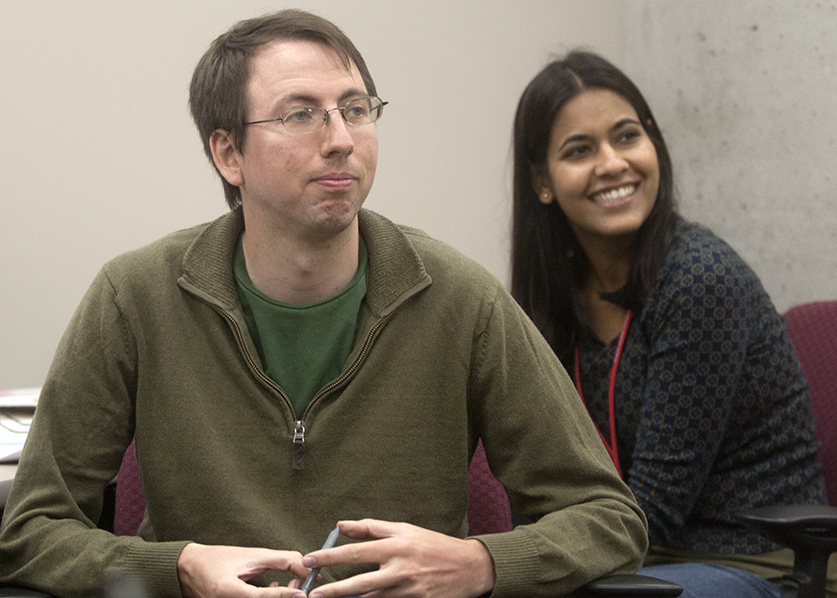
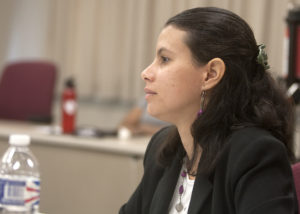
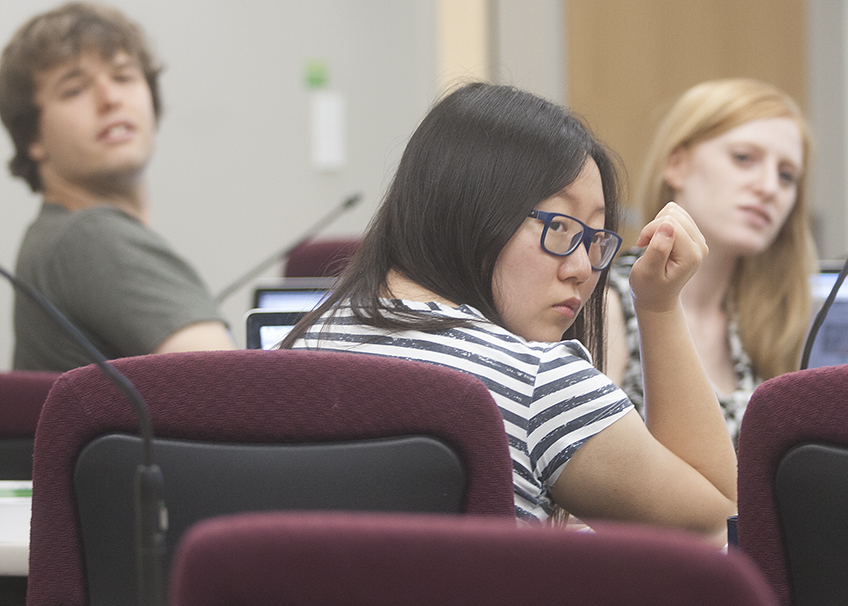
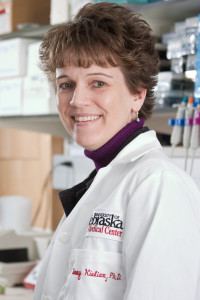 A professor in the Department of Pathology and Microbiology at the University of Nebraska Medical Center,
A professor in the Department of Pathology and Microbiology at the University of Nebraska Medical Center, 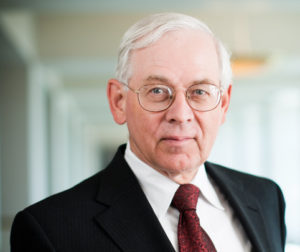
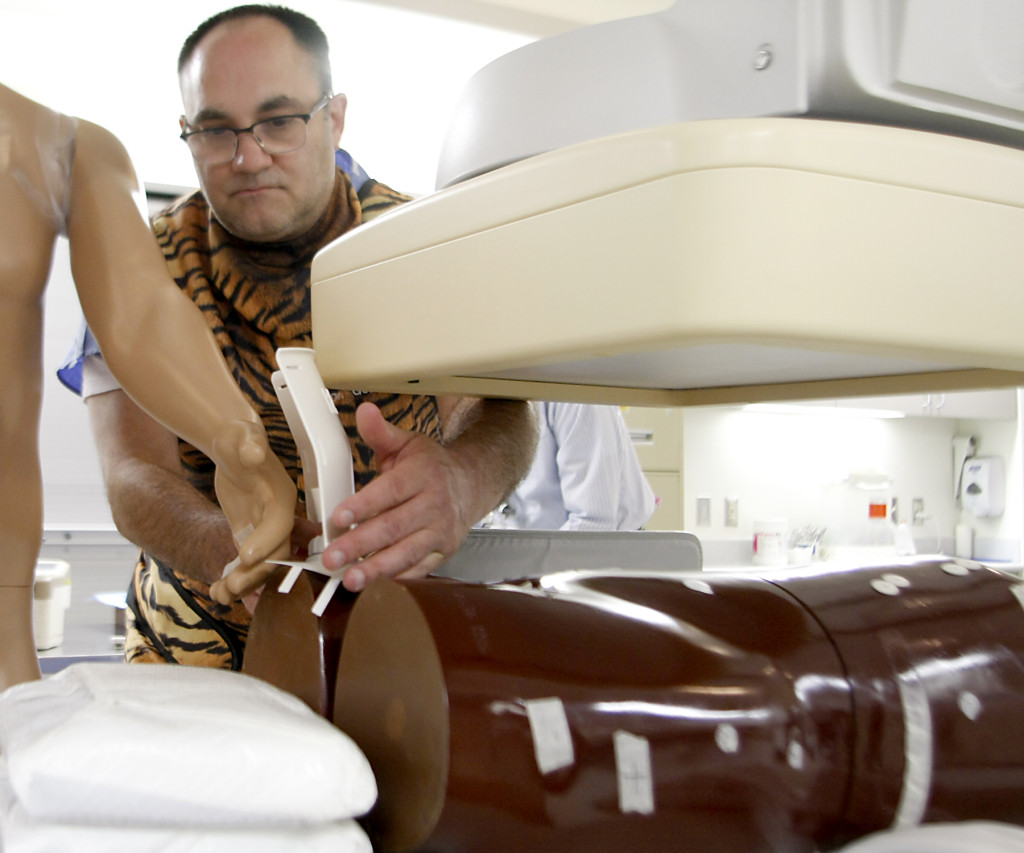
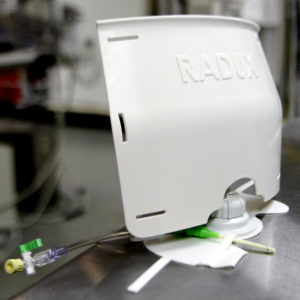
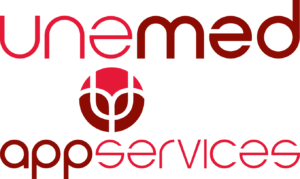 OMAHA, Neb. (May 12, 2015)—Faculty, students and staff working on or thinking about developing a new smartphone or tablet application can find the help they need at UNeMed, the technology transfer and commercialization office for the University of Nebraska Medical Center.
OMAHA, Neb. (May 12, 2015)—Faculty, students and staff working on or thinking about developing a new smartphone or tablet application can find the help they need at UNeMed, the technology transfer and commercialization office for the University of Nebraska Medical Center.
